Growing radishes at home might sound intimidating, especially if you’re new to gardening, but trust me, it’s one of the most rewarding and beginner-friendly experiences you can have! Imagine plucking crisp, peppery radishes straight from your garden, adding a vibrant crunch to your salads, or enjoying them as a refreshing snack. Forget those bland, store-bought radishes – the flavor of homegrown is simply unmatched.
Radishes have a surprisingly rich history, dating back to ancient times. They were cultivated in Egypt before the pyramids were even built! Throughout history, they’ve been valued not only for their taste but also for their medicinal properties. Today, they remain a staple in cuisines around the world.
But why should you bother growing radishes at home? Well, for starters, they’re incredibly fast growers – you can harvest them in as little as three weeks! This makes them perfect for impatient gardeners (like me!). Plus, they’re relatively low-maintenance and can even be grown in containers, making them ideal for small spaces or apartment balconies. In this article, I’m going to share some simple DIY tricks and hacks that will help you achieve a bountiful radish harvest, even if you’ve never planted a seed before. Get ready to enjoy the satisfaction of growing your own delicious, peppery radishes!
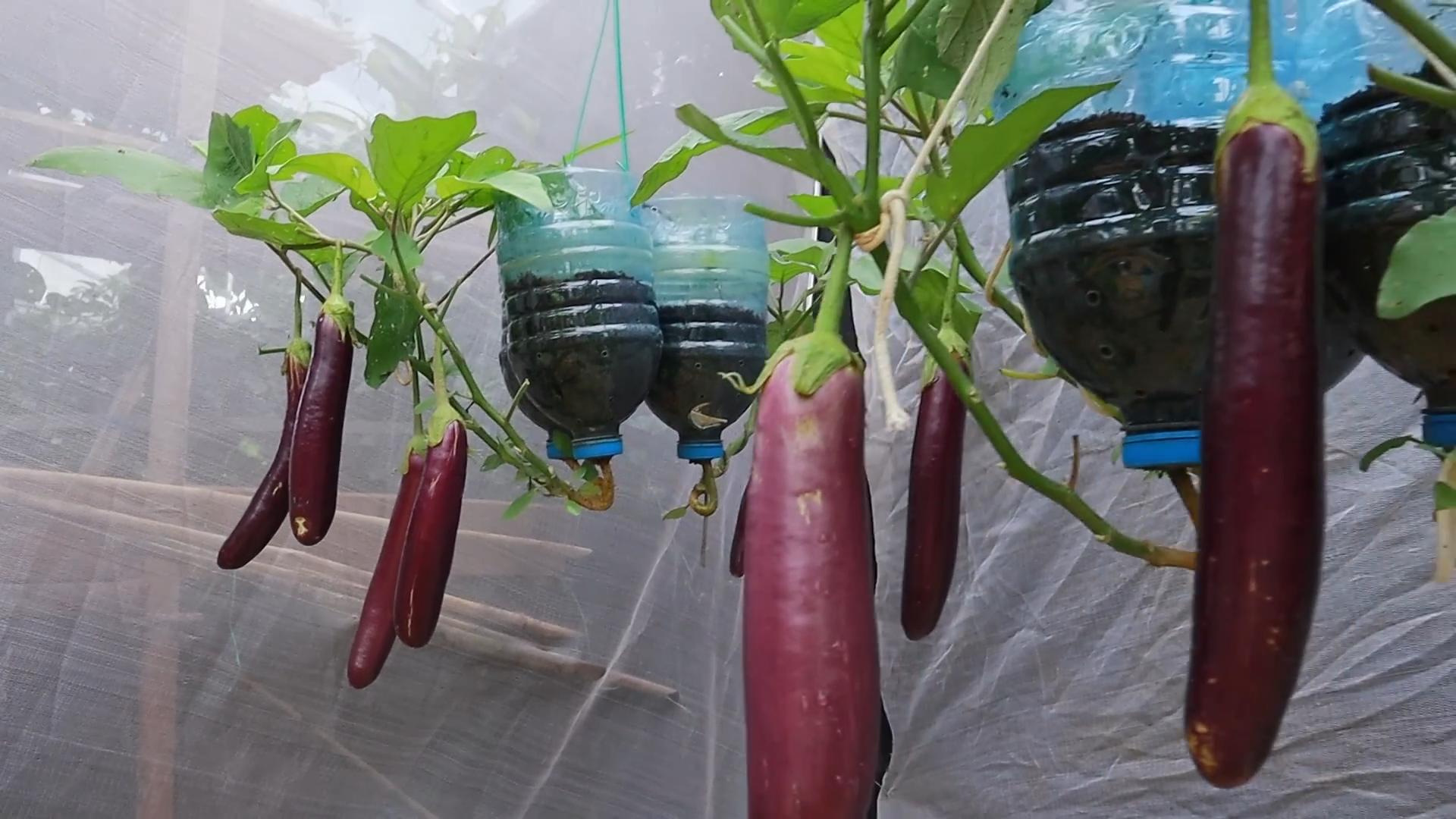
Growing Radishes: From Seed to Salad in Weeks!
Hey there, fellow gardening enthusiasts! I’m so excited to share my foolproof method for growing radishes at home. These little peppery gems are incredibly easy to cultivate, even if you’re a complete beginner. Plus, they mature super quickly, meaning you can enjoy fresh, homegrown radishes in just a few weeks. Let’s dive in!
Why Radishes?
Before we get started, let’s talk about why radishes are such a fantastic addition to any garden.
* Fast Growers: Seriously, they’re ready to harvest in as little as 3-4 weeks. Talk about instant gratification!
* Easy to Grow: They’re not fussy and tolerate a wide range of conditions.
* Space-Saving: Radishes don’t need a lot of room, making them perfect for small gardens or even containers.
* Nutritious: They’re packed with vitamins, minerals, and fiber.
* Delicious: That crisp, peppery bite adds a wonderful zing to salads, sandwiches, and more.
What You’ll Need
Here’s a list of everything you’ll need to get started:
* Radish Seeds: Choose your favorite variety! I personally love ‘Cherry Belle’ for its classic flavor and bright red color. ‘French Breakfast’ is another great option with a milder taste.
* Potting Soil (or Garden Soil): If you’re growing in containers, use a good quality potting mix. If you’re planting directly in the garden, make sure your soil is loose, well-drained, and amended with compost.
* Container (Optional): If you’re growing in a container, make sure it’s at least 6 inches deep.
* Watering Can or Hose: For keeping your radishes consistently moist.
* Gardening Gloves (Optional): To keep your hands clean.
* Hand Trowel or Garden Fork: For preparing the soil and planting the seeds.
* Fertilizer (Optional): A balanced fertilizer can give your radishes a boost, but it’s not essential.
Preparing the Soil
The key to happy radishes is well-prepared soil. They need loose soil to develop properly. If the soil is compacted, the roots will struggle to grow, resulting in small, misshapen radishes.
1. Choose Your Location: Radishes need at least 6 hours of sunlight per day. Pick a spot in your garden that gets plenty of sun. If you’re growing in containers, you can move them around to follow the sun.
2. Loosen the Soil: Use a hand trowel or garden fork to loosen the soil to a depth of at least 6 inches. Break up any clumps and remove any rocks or debris.
3. Amend the Soil (If Necessary): If your soil is heavy clay or sandy, amend it with compost or other organic matter. This will improve drainage and provide essential nutrients. Mix the compost thoroughly into the soil.
4. Level the Surface: Rake the surface of the soil to create a smooth, even planting bed.
Planting the Seeds
Now for the fun part – planting the seeds!
1. Create Furrows: Use your finger or a trowel to create shallow furrows in the soil, about ½ inch deep and 1 inch apart.
2. Sow the Seeds: Sprinkle the radish seeds evenly along the furrows, spacing them about ½ inch apart. Don’t overcrowd them!
3. Cover the Seeds: Gently cover the seeds with a thin layer of soil.
4. Water Gently: Use a watering can or hose with a gentle spray to water the soil thoroughly. Be careful not to wash away the seeds.
Caring for Your Radishes
Radishes are relatively low-maintenance, but here are a few things you can do to ensure a bountiful harvest:
1. Water Regularly: Keep the soil consistently moist, but not soggy. Radishes need plenty of water to grow quickly and develop crisp, juicy roots. Water deeply whenever the top inch of soil feels dry to the touch.
2. Thin Seedlings (If Necessary): Once the seedlings emerge (usually within 4-7 days), thin them out so that they are about 1 inch apart. This will give them enough room to grow. Simply snip off the extra seedlings at the soil line with scissors.
3. Weed Regularly: Keep the area around your radishes free of weeds. Weeds compete with radishes for water and nutrients. Hand-pull any weeds that you see.
4. Fertilize (Optional): If you want to give your radishes a boost, you can fertilize them with a balanced fertilizer about two weeks after planting. Follow the instructions on the fertilizer package. I usually use a liquid fertilizer diluted to half strength.
5. Protect from Pests: Radishes are generally pest-resistant, but they can sometimes be bothered by flea beetles. These tiny beetles can chew small holes in the leaves. If you see flea beetles, you can cover your radishes with row covers or spray them with insecticidal soap.
Harvesting Your Radishes
This is the moment you’ve been waiting for! Radishes are ready to harvest when their roots are about 1 inch in diameter. The time to harvest depends on the variety, but it’s usually around 3-4 weeks after planting.
1. Check for Readiness: Gently brush away the soil around the base of a radish to check its size. If it’s about 1 inch in diameter, it’s ready to harvest.
2. Pull the Radishes: Grasp the radish leaves near the base of the plant and gently pull the radish out of the soil. If the soil is dry, you may need to loosen it with a trowel first.
3. Wash and Store: Wash the radishes thoroughly to remove any dirt. Trim off the leaves and roots. Store the radishes in a plastic bag in the refrigerator. They will keep for about a week.
Succession Planting
To enjoy a continuous harvest of radishes throughout the growing season, practice succession planting. This means planting a new batch of seeds every 1-2 weeks. This way, you’ll always have fresh radishes ready to harvest.
Troubleshooting
Even with the best care, you might encounter a few problems when growing radishes. Here are some common issues and how to fix them:
* Radishes are small and skinny: This is usually caused by overcrowding or poor soil. Make sure you thin your seedlings properly and amend your soil with compost.
* Radishes are cracked: This is usually caused by inconsistent watering. Keep the soil consistently moist, especially during hot weather.
* Radishes are pithy and bitter: This is usually caused by harvesting them too late. Radishes are best when they are young and tender. Harvest them as soon as they reach the desired size.
* Radishes are attacked by pests: As mentioned earlier, flea beetles can sometimes be a problem. Cover your radishes with row covers or spray them with insecticidal soap.
Radish Varieties to Try
There are so many different radish varieties to choose from! Here are a few of my favorites:
* Cherry Belle: A classic variety with bright red, round roots and a mild, peppery flavor.
* French Breakfast: An elongated radish with a mild, slightly sweet flavor.
* Sparkler: A round radish with a red top and a white tip.
* Easter Egg: A mix of radishes in different colors, including red, pink, purple, and white.
* Black Spanish: A large, round radish with black skin and white flesh. It has a strong, pungent flavor.
* Watermelon Radish: A large, round radish with green skin and bright pink flesh. It has a mild, slightly sweet flavor.
Using Your Radishes
Now that you’ve harvested your radishes, it’s time to enjoy them! Here are a few ideas:
* Eat them raw: Radishes are delicious sliced and added to salads, sandwiches, or crudités platters.
* Roast them: Roasting radishes mellows their flavor and brings out their sweetness. Toss them with olive oil, salt, and pepper, and roast them at 400°F (200°C) for 20-25 minutes.
* Pickle them: Pickled radishes are a tangy and flavorful addition to tacos, sandwiches, or salads.
* Sauté them: Sauté radishes with butter and herbs for a simple and delicious side dish.
* Use the greens: Don’t throw away the radish greens! They’re edible and nutritious. You can add them to salads, soups, or stir-fries.
Container Gardening Tips
Growing radishes in containers is a great option if you have
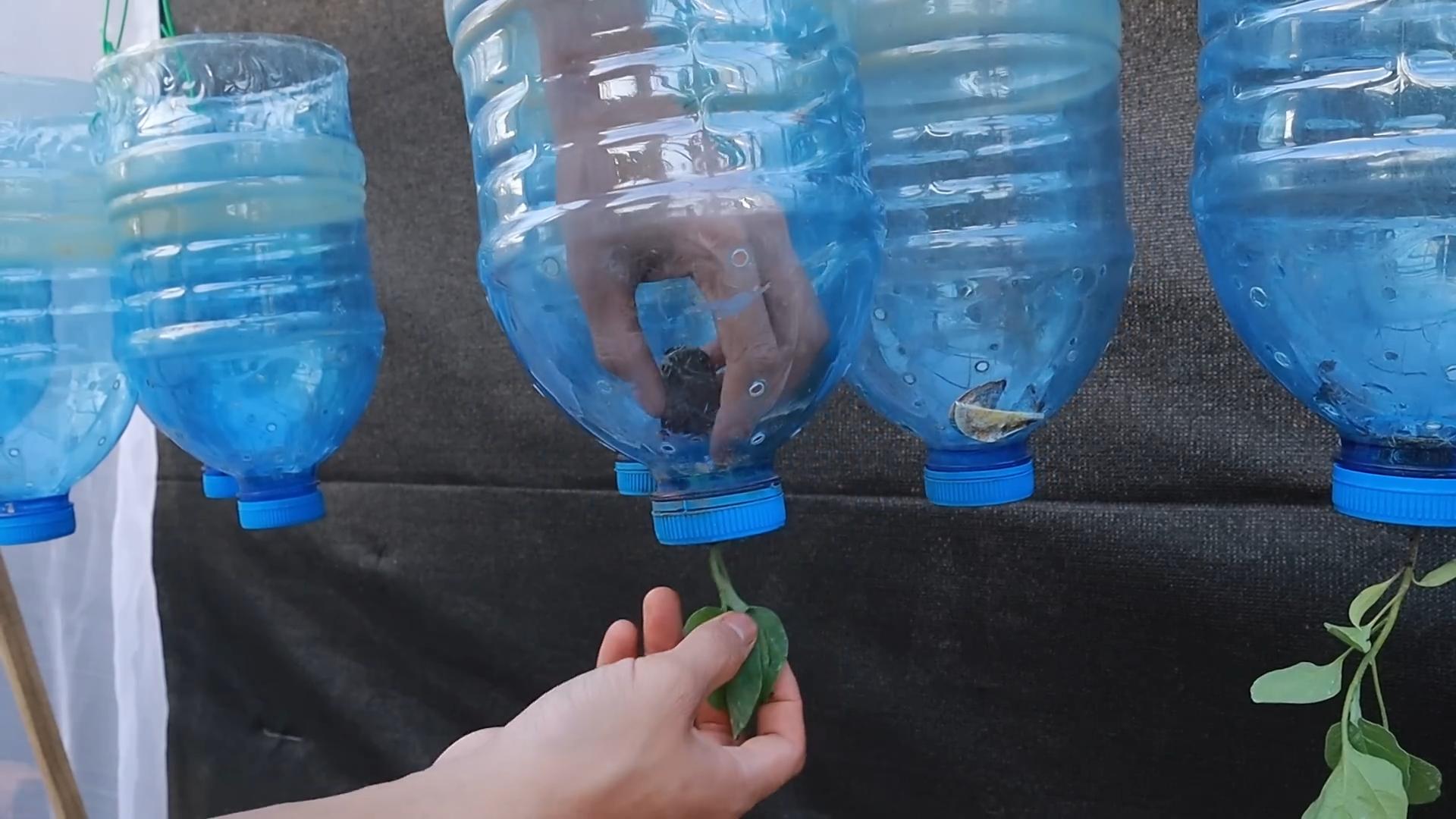
Conclusion
So, there you have it! Growing radishes at home is not only surprisingly simple, but it’s also incredibly rewarding. Forget those bland, store-bought radishes that lack that peppery punch. With just a little effort and these easy-to-follow steps, you can cultivate a vibrant crop of crisp, flavorful radishes right in your own backyard or even on your balcony.
Why is this DIY trick a must-try? Because it puts you in control. You choose the variety, you control the soil, and you determine when to harvest, ensuring the freshest, most delicious radishes imaginable. Plus, it’s a fantastic way to connect with nature, even in a small space. There’s something deeply satisfying about nurturing a plant from seed to table, and radishes offer a quick and tangible return on your investment.
But don’t stop there! Experiment with different radish varieties to discover your favorites. Try French Breakfast radishes for their mild flavor and elongated shape, or go bold with Watermelon radishes for their stunning pink interior. Consider companion planting – radishes are known to deter pests from other vegetables, making them excellent neighbors for carrots, lettuce, and cucumbers. You can also succession plant, sowing new seeds every couple of weeks, to enjoy a continuous harvest throughout the growing season.
And for those who want to take their radish game to the next level, consider pickling them! Pickled radishes add a tangy, crunchy element to salads, sandwiches, and even tacos. Or, roast them with a drizzle of olive oil and a sprinkle of herbs for a surprisingly sweet and savory side dish. The possibilities are endless!
Growing radishes at home is more than just a gardening project; it’s an opportunity to enhance your meals, connect with nature, and experience the joy of homegrown goodness. So, grab some seeds, prepare your soil, and get ready to enjoy the crisp, peppery flavor of your very own radishes.
We’re confident that you’ll find this DIY trick to be a game-changer. But don’t just take our word for it – try it yourself! We encourage you to embark on this radish-growing adventure and share your experiences with us. Let us know what varieties you tried, what challenges you faced, and what delicious dishes you created with your homegrown harvest. Share your photos and tips in the comments below – we can’t wait to hear from you! Happy gardening!
Frequently Asked Questions (FAQ)
What is the best time of year to plant radishes?
Radishes are cool-season crops, meaning they thrive in cooler temperatures. The best time to plant them is in early spring or late summer/early fall. In spring, plant as soon as the soil can be worked, typically 4-6 weeks before the last expected frost. For a fall harvest, plant 4-6 weeks before the first expected frost. Avoid planting during the hottest months of summer, as the heat can cause radishes to bolt (go to seed) and develop a strong, unpleasant flavor.
How much sunlight do radishes need?
Radishes need at least 6 hours of sunlight per day to grow properly. While they can tolerate some shade, especially in hotter climates, insufficient sunlight can result in leggy plants and smaller, less flavorful radishes. Choose a planting location that receives plenty of direct sunlight throughout the day.
What kind of soil is best for growing radishes?
Radishes prefer loose, well-drained soil that is rich in organic matter. Heavy clay soil can hinder root development and result in misshapen radishes. Amend heavy soil with compost, aged manure, or other organic materials to improve drainage and aeration. A slightly acidic to neutral soil pH (around 6.0 to 7.0) is ideal.
How often should I water my radishes?
Radishes need consistent moisture to grow quickly and develop crisp, tender roots. Water regularly, especially during dry periods, to keep the soil consistently moist but not waterlogged. Aim for about 1 inch of water per week. Avoid letting the soil dry out completely, as this can cause the radishes to become tough and bitter.
How long does it take for radishes to mature?
One of the great things about radishes is their quick maturity. Most varieties are ready to harvest in just 3-4 weeks from planting. Check the seed packet for specific maturity times, as some varieties may take slightly longer.
How do I know when my radishes are ready to harvest?
Radishes are ready to harvest when the roots are about 1 inch in diameter, although this can vary depending on the variety. Gently loosen the soil around the radish and pull it up by the greens. If the roots are too small, leave them in the ground for a few more days. If they are too large, they may become tough and pithy.
Why are my radishes cracking?
Cracking in radishes is often caused by inconsistent watering. When the soil dries out and then is suddenly saturated with water, the radishes can grow too quickly, causing the skin to crack. To prevent cracking, water regularly and consistently, especially during dry periods.
Why are my radishes all tops and no bottoms?
Several factors can contribute to radishes producing abundant greens but small or non-existent roots. These include:
* **Insufficient sunlight:** Radishes need at least 6 hours of sunlight per day to develop properly.
* **Overcrowding:** Thin seedlings to the recommended spacing to allow each plant enough room to grow.
* **Poor soil:** Heavy, compacted soil can hinder root development. Amend the soil with compost or other organic matter to improve drainage and aeration.
* **High nitrogen levels:** Excessive nitrogen in the soil can promote leafy growth at the expense of root development. Avoid using fertilizers that are high in nitrogen.
Can I eat radish greens?
Yes, radish greens are edible and nutritious! They have a peppery flavor similar to the roots. Wash them thoroughly and use them in salads, stir-fries, or soups. You can also sauté them with garlic and olive oil for a simple and delicious side dish.
How do I store radishes?
To store radishes, remove the greens (leaving about 1 inch of stem) and wash the roots. Place them in a plastic bag or container lined with a damp paper towel and store them in the refrigerator. They should keep for about 1-2 weeks.
What are some common pests and diseases that affect radishes?
Radishes are generally pest-resistant, but they can be susceptible to flea beetles, root maggots, and aphids. Flea beetles can be controlled with row covers or insecticidal soap. Root maggots can be prevented by using floating row covers or by practicing crop rotation. Aphids can be washed off with a strong stream of water or treated with insecticidal soap. Diseases are less common, but damping-off can affect seedlings. Ensure good drainage and avoid overwatering to prevent damping-off.
Can I grow radishes in containers?
Yes, radishes are well-suited for container gardening. Choose a container that is at least 6 inches deep and has drainage holes. Use a well-draining potting mix and follow the same planting and care instructions as for growing radishes in the ground.
Are there different varieties of radishes?
Yes, there are many different varieties of radishes, each with its own unique characteristics. Some popular varieties include:
* **Cherry Belle:** A classic red radish with a mild flavor.
* **French Breakfast:** An elongated radish with a mild, slightly sweet flavor.
* **Watermelon Radish:** A large radish with a green exterior and a bright pink interior.
* **Black Spanish:** A pungent black radish with a strong flavor.
* **Easter Egg:** A mix of colorful radishes in shades of red, pink, purple, and white.
Experiment with different varieties to find your favorites!

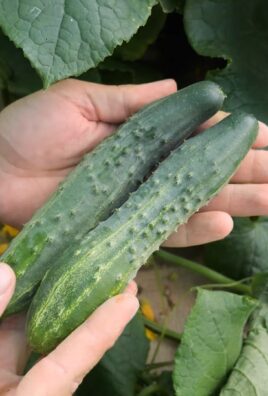
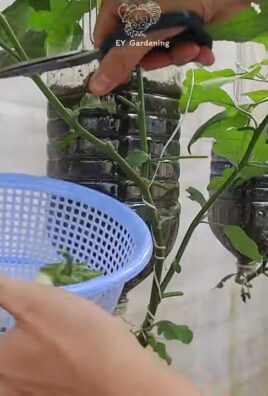
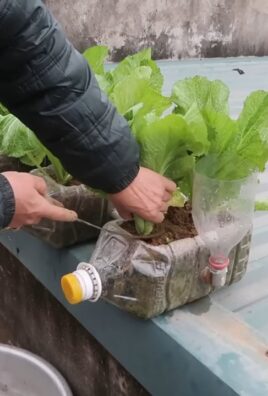
Leave a Comment